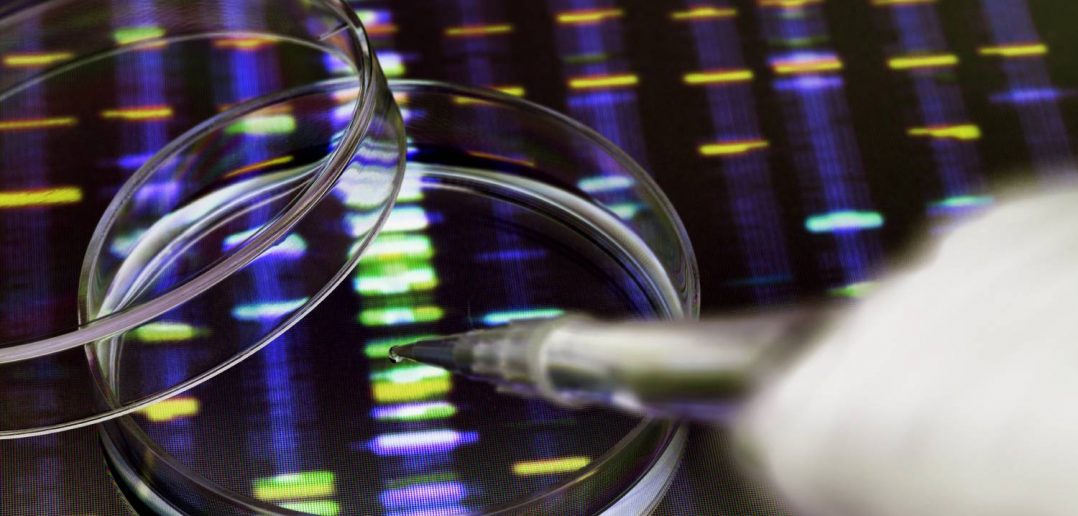“Better to have and not need than to need and not have.”
–Franz Kafka
I'm hardly an expert on artificial intelligence, but I do know this: Experts disagree across the board on its future. At minimum, plenty of smart cookies differ wildly on what AI will ultimately be able to do – never mind if and when AI will be able to do it.
Max Tegmark makes this point in Life 3.0: Being Human in the Age of Artificial Intelligence. Some people believe that general AI is borderline impossible while others think that it can happen relatively soon – say, within a decade or so.
I certainly can't predict the future but I do know this about smart machines: Data makes AI better and smarter. It doesn't take Einstein to realize that better data quality yields better machine-driven outcomes. This begs the question: Which data sources will organizations use to make AI as effective as possible?
The short and hopefully not-so-glib answer is different ones compared to today.
Cases in point
For instance, progressive schools such as Georgia State University do not merely rely upon traditional measures such as demographic data, grades, test scores and attendance records to curb student dropout rates. No, the school analyzed more than 800 variables in trying to maximize student retention. (It used to be 2,011 when the school rolled out its program.) Now, student advisors look at dashboards that alert them of high-risk students. Want to bet that that number cracks 1,000 within the next five years?
In healthcare, new technologies are enabling new discoveries, more accurate diagnoses, and potentially lower costs. Sure, tech is improving but, in order for machines to learn, they need data. Lots and lots of data. Wearable technologies represent just one potentially valuable source of real-time data that AI could use to significantly improve outcomes here. Health and life sciences are also poised to benefit from new data sources and AI.
In financial services, it isn't hard to envision new data sources that would help reduce fraud and catch bad guys. Sure, you can look at stalwarts spending patterns and location data, but they often result in false positives. For a great example, see how Nets improved its fraud-detection rate by 50 percent.
The point is that no one knows in advance which data sources will ultimately prove fruitful and which will not. Organizations need to strike a balance. On one hand, analyze too much data and an AI tool may fall prey to overfitting. By not collating and analyzing enough data, however, organizations may miss out on massive opportunities to save money, discover new relationships and the like.
Simon Says: Err on the side of inclusion.
In a way, AI changes nothing. In my consulting career, I've lived by the following bromide: I'd much rather have the data and choose not to use it. Seems like good advice for unleashing the power of AI.
Feedback
What say you?
Read about the Healthy Nevada project – how artificial intelligence, DNA and data analytics help researchers improve population health.






